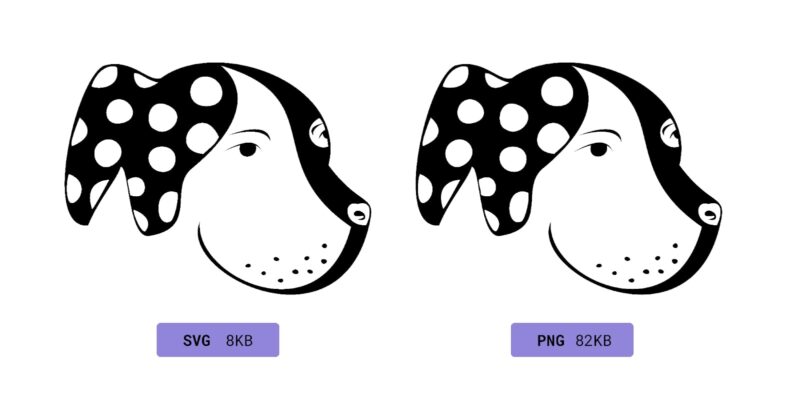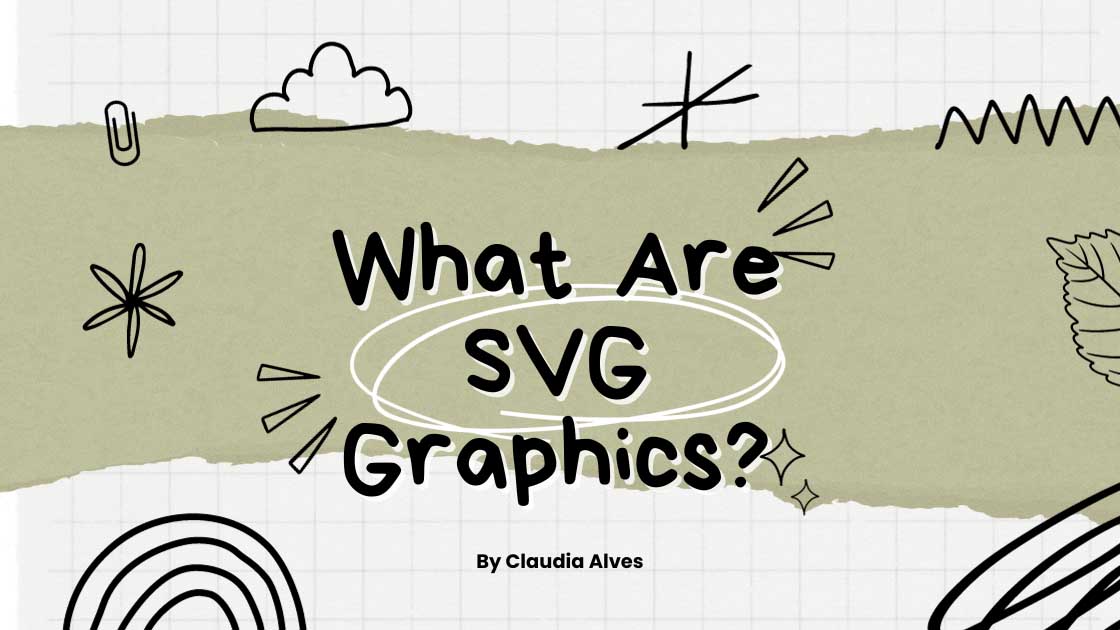In the expansive realm of web design and development, Scalable Vector Graphics (SVG) emerge as a powerful and versatile tool for creating visually captivating and responsive content. This comprehensive exploration aims to demystify SVG graphics, shedding light on their unique features, applications, and the transformative impact they have on the digital landscape.
Contents
- 1 Understanding SVG Graphics: The Basics
- 2 Scalability: The Pinnacle Feature of SVG Graphics
- 3 XML-Based Structure: The Blueprint of SVG Graphics
- 4 Individual Components: Deconstructing SVG Graphics
- 5 Interactivity and Animation: Elevating SVG Graphics
- 6 Accessibility: Inclusivity in SVG Graphics
- 7 Cross-Browser Compatibility: SVG Graphics in the Browser Landscape
- 8 Responsive Design: SVG Graphics in the Era of Mobility
- 9 SEO Benefits: SVG Graphics and Search Engine Optimization
- 10 Print-Friendly: SVG Graphics Beyond the Digital Realm
- 11 The Ever-Expanding Horizons of SVG Graphics
Understanding SVG Graphics: The Basics
At its core, SVG stands for Scalable Vector Graphics, a widely adopted XML-based file format for describing two-dimensional vector graphics. SVG graphics are designed to be scalable and can be resized without a loss of quality, making them an ideal choice for various applications, ranging from simple icons to complex illustrations.
Scalability: The Pinnacle Feature of SVG Graphics
One of the defining features of SVG graphics is their scalability. Unlike raster graphics, which may lose clarity when resized, SVG graphics maintain their precision and quality regardless of the display size. This inherent scalability makes SVG graphics a preferred choice for responsive web design, ensuring a seamless and visually pleasing experience across diverse devices and screen resolutions.
XML-Based Structure: The Blueprint of SVG Graphics
SVG graphics find their foundation in the extensible Markup Language (XML), a versatile and readable markup language. Each element in an SVG graphic is defined using XML tags, forming a structured and human-readable document. This XML-based structure not only facilitates easy comprehension but also allows for straightforward manipulation and integration into various web development workflows.

Individual Components: Deconstructing SVG Graphics
An SVG graphic comprises various individual components, each contributing to the overall visual representation. These components include shapes (rectangles, circles, polygons), paths, text elements, and more. The flexibility and modularity of SVG graphics empower designers and developers to create intricate and detailed visuals by combining and manipulating these individual elements.

Interactivity and Animation: Elevating SVG Graphics
One of the remarkable aspects of SVG graphics is their support for interactivity and animation. Through attributes and JavaScript, SVG graphics can respond to user interactions, creating engaging and dynamic user experiences. This feature opens up a realm of possibilities for interactive infographics, animated icons, and other visually compelling elements on the web.
Accessibility: Inclusivity in SVG Graphics
SVG graphics contribute to a more inclusive web environment by inherently supporting accessibility features. Text elements within SVG graphics are readable by screen readers, ensuring that content is accessible to users with visual impairments. This inclusivity aligns with the principles of universal design, making SVG graphics a valuable asset for creating web content that is accessible to all.

Cross-Browser Compatibility: SVG Graphics in the Browser Landscape
SVG graphics enjoy broad support across modern web browsers, making them a reliable choice for web developers seeking cross-browser compatibility. Whether it’s Chrome, Firefox, Safari, or Edge, SVG graphics render consistently across different platforms, reducing the challenges associated with browser-specific rendering issues.
Responsive Design: SVG Graphics in the Era of Mobility
As mobile devices continue to dominate web traffic, the responsive nature of SVG graphics becomes increasingly crucial. SVG graphics seamlessly adapt to varying screen sizes, ensuring a consistent and visually appealing experience on smartphones, tablets, and other mobile devices. This responsiveness aligns with contemporary design practices focused on creating a unified user experience across diverse platforms.
SEO Benefits: SVG Graphics and Search Engine Optimization
The textual nature of SVG graphics contributes to search engine optimization efforts. Search engines can index and understand the content within SVG graphics, enhancing the discoverability of visual elements on the web. This SEO-friendly characteristic positions SVG graphics as a valuable asset for content creators aiming to optimize their online presence.
Print-Friendly: SVG Graphics Beyond the Digital Realm
Beyond the digital realm, SVG graphics maintain their quality in print formats. The vector nature of SVG graphics ensures that they can be scaled for printing without losing detail or sharpness. This print-friendly characteristic extends the versatility of SVG graphics to a variety of design applications, including brochures, posters, and other printed materials.

The Ever-Expanding Horizons of SVG Graphics
In conclusion, SVG graphics stand as a testament to the transformative power of scalable vector technology in the world of web design and development. Their scalability, XML-based structure, interactivity, and cross-browser compatibility make them a versatile choice for a wide range of applications. As the digital landscape continues to evolve, SVG graphics remain at the forefront of innovation, enabling designers and developers to create visually stunning and inclusive web experiences
With their roots in XML and a commitment to responsiveness and accessibility, SVG graphics not only meet the demands of the present but also lay the foundation for the future of digital visual communication. As we continue to navigate the ever-expanding horizons of web development, SVG graphics emerge as a valuable tool, empowering creators to bring their visions to life in a scalable, interactive, and accessible manner.

